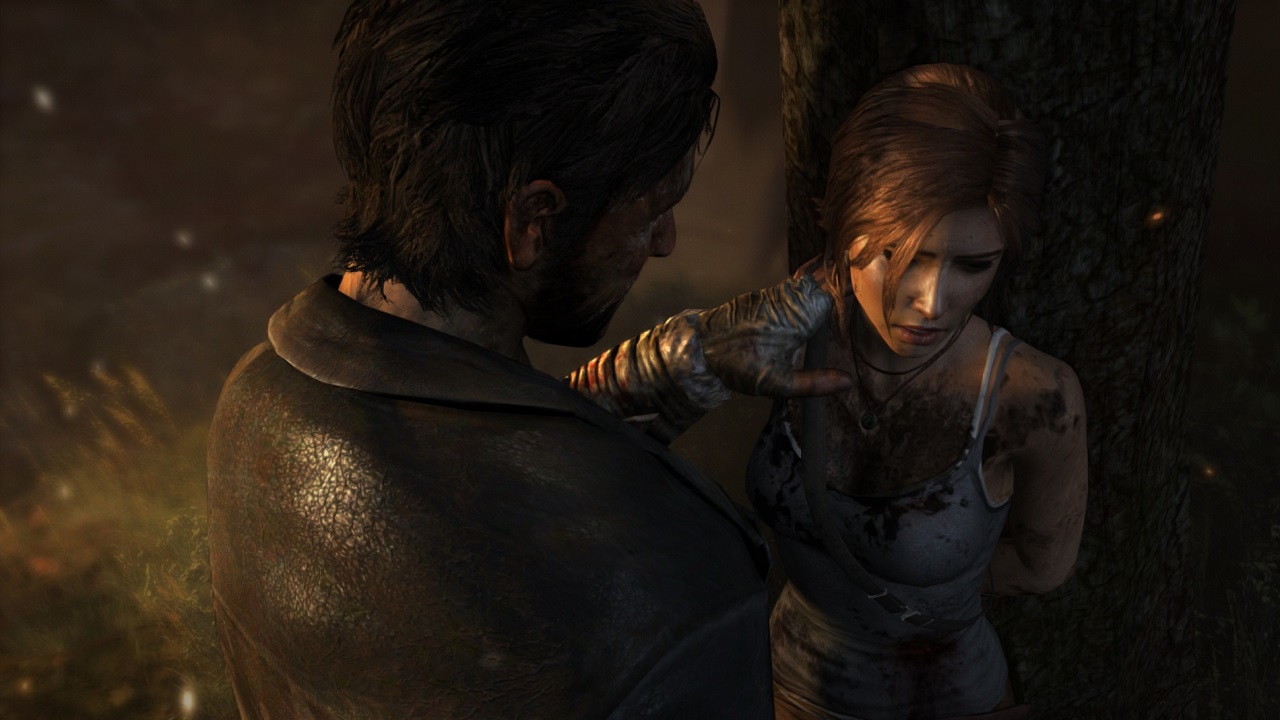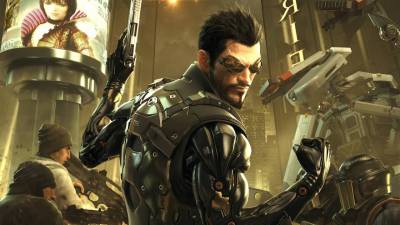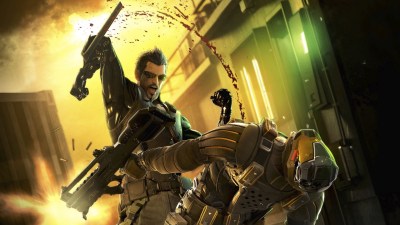The shock resulting from the initial Tomb Raider E3 showing was, perhaps, understandable. After all, it featured one of the first mainstream gaming references to rape. In the scene, a teenaged Lara Croft is pushed against a wall by a large brute of a man who, very obviously, has only one thing in mind. This attempt at rape ends swiftly for the brute and Miss Croft escapes being the victim of a brutal and abhorrent crime.
It seemed a very bold decision for Crystal Dynamics to make in their attempt to reboot Tomb Raider as a mature and grim series. The attempt is crass in subject matter, but not so much in execution. I didn’t feel as though the scene was added for simply to shock or elicit an emotional response. Still, I believe it is a very sensitive subject matter for people, in general, and women, in particular.
The scene is primarily aimed at showing the first time Lara kills someone. Fighting off an attempted rape would be sufficient motivation for her to kill the man. This is an understandable justification of why someone, who is not a soldier or a psychopath, would kill someone else. The whole adventure seemed to be aimed at putting Lara through a version of Hell-on-Earth to provide explanation for the older Lara’s otherwise idiopathic penchant for murder in previous series installments. I can understand the reasoning behind all of this.
I noted, with no small amount of interest, that Crystal Dynamics actually tried to justify the violence in the reboot of Tomb Raider. No longer were we just to assume that enemies are there to provide for us a target so that we may dish out vengeance and death in an arbitrary fashion for our amusement. The new Tomb Raider attempted to offer the tantalizing promise of providing gravity to the violence - a Holy Grail for the games industry.
At the time, in response to the resulting controversy, the head of Crystal Dynamics released a statement saying:
“One of the character defining moments for Lara in the game, which has incorrectly been referred to as an ‘attempted rape’ scene is the content we showed at this year’s E3 and which over a million people have now seen in our recent trailer entitled ‘Crossroads’. This is where Lara is force to kill another human for the first time. In this particular section, while there is a threatening undertone in the sequence and surrounding drama, it never goes any further than the scenes that we have already shown publicly. Sexual assault of any kind is categorically not a theme that we cover in this game”.
This is contrary to a statement made by executive producer, Ron Ronsenburg, in an interview with Kotaku:
“And then what happens is her best friend gets kidnapped, she gets taken prisoner by scavengers on the island. They try to rape her…”
That disconnect is worrying. Why does it exist? Were the team not all informed of the decision? Was the PR department applying pressure to have it reversed and erased? If the development team weren’t done arguing about the scene’s inclusion and meaning, why was it shown at E3? Was the topic really being handled with the sort of maturity that would be expected of any development team deciding to include such a theme in their game?
Looking back, I have mixed feelings on the inclusion of the scene. However I will say that I don’t wish the scene had been dropped just because the PR department said that it would cause a marketing issue. Nor did I want it dropped because someone had taken the rather cynical view, regardless of the extent of its veracity, that gamers can’t handle this type of theme in a mature fashion. In addition, it must be said that I never thought the scene should be removed just because there was a knee-jerk reaction from the press and the public.
From where I am standing, I think the scene was dealt with in a non-offensive manner. The attempted rape happened, Lara killed the man and then she ran away. No nonsense. No jokes or insensitive behaviour was present. The immaturity all came post-E3, from the gaming community. I do have to question: why was attempted rape an issue in Tomb Raider yet the actual rape, portrayed in L.A. Noire, not? Was it due to the fact that we were dealing with an iconic game mascot? Is it because the rape references in L.A. Noire were all past references? An understanding of the way in which people choose what is an issue and what isn’t, eludes me.
There were only two good reasons to remove the scene: either because it didn’t add anything meaningful to the story, or perhaps even detracted from the intended focus of the scene, or because the discussion of the theme is not something they wanted in their game. Interactions, both witnessed and experienced at the time on Twitter, led me to conclude that most people tended to miss the significance of Lara’s first human kill, instead focusing on the attempted rape. This is an understandable and quite common mistake, so it seems that Crystal Dynamics’ execution of the scene strayed from the stated intended purpose: highlighting the first instance in which Lara Croft killed someone. I also took away from the scene that Lara was going through absolute terror, a trial beyond any other faced by the average protagonist.
Personally, I’m tired of games suggesting themes and then retreating from them because the developers don’t want to cause a stir, or because they think gamers can’t handle mature themes or because - and this is the worst - a PR boss has decided that the theme makes his job more complicated. If you are a developer, take a decision and stand by it. Not to the point where you are ignoring valid criticism, but certainly don’t let the needs of a publisher’s safety play get in the way of advancing the medium. If you make a mistake, you’ll face a suitable backlash (so be sure on your execution!), however that is infinitely preferable to just lying down and letting the PR and marketing teams decide what is appropriate to make their jobs easier.
Think, in other words, like RKO Pictures did in the run-up to the release of Citizen Kane. Faced with a lawsuit, they responded by making the movie one of the most highly advertised movies in the company’s history.
Developers: Have the gumption and belligerence to make the game you wish to make and let everyone else catch up to the idea. We are in gaming’s pioneer years; let’s not waste them.
We have heard a lot about the importance of ‘artistic vision’ over the years. If you can tell customers to suck it up and get over an ending (rightly so, in my considerably-less-than-humble opinion), then you can bloody well tell marketing teams and overly-cautious publishers the same for the sake of your ‘artistic vision’. Don’t let corporations kill this industry’s spirit before it has reached adulthood and certainly do not let, any more than absolutely necessary, the needs of the profit margins infringe upon, stifle, destroy or otherwise adversely affect your creativity.
Games, like books and movies, can explore sensitive and mature themes. For them to do this, the whole industry - from the PR teams to the developers themselves and even to the consumers - need to start treating games as something more than just mindless or frivolous entertainment. Video games are an incredibly versatile medium and it would be a shame to waste their potential for offering social commentary. Whether this commentary be on serious social issues or merely as a parody of some of humanity’s more ridiculous or illogical habits, is up to developers.
Now let’s be clear: I find the topic of rape incredibly upsetting. I’m not calling Crystal Dynamic’s inclusion of the theme in Tomb Raider “ground-breaking” or “visionary”. I am saying that I do not want a lack of, for want of a better term, will to affect a game’s development and stop developers from portraying and discussing themes that they feel are appropriate in their game or that need to be discussed.
As a final point, if you are going to include a difficult or unpleasant theme in your game, don’t revel in it; deal with it and move on. L.A. Noire is your text book case study in this area.


